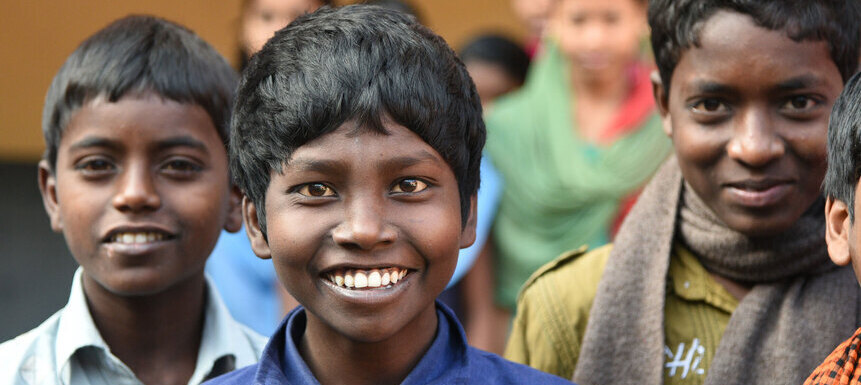
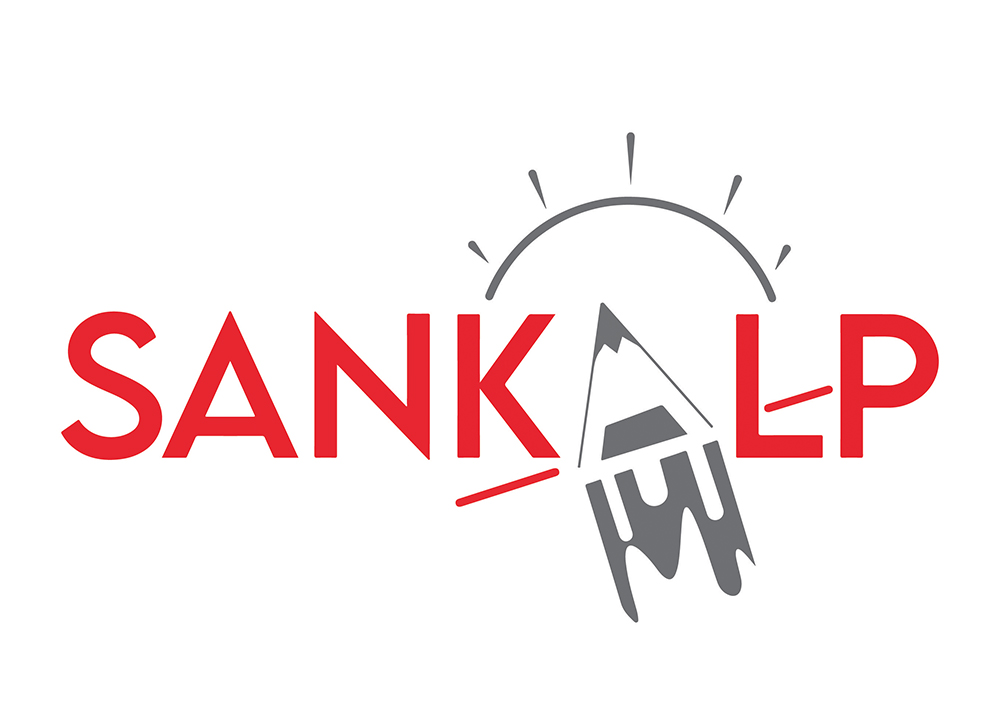
The Sankalp programme honours its commitment of providing access to quality, holistic education for marginalized children in India by addressing learning achievement gapsthrough active participation of the community.
SANKALP: A NEED OF THE HOUR
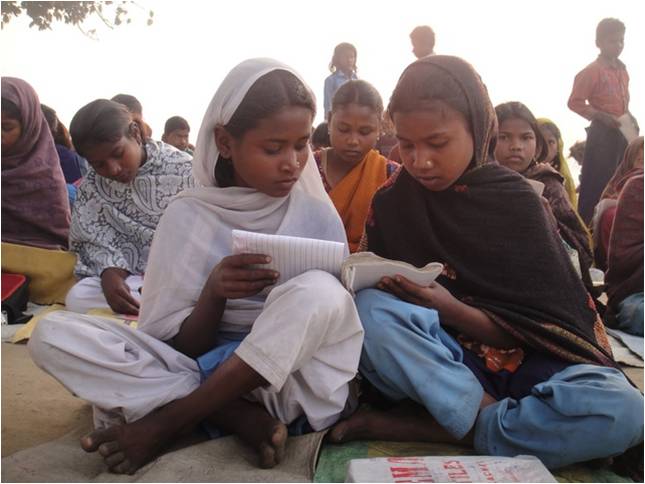
VISION
“Human Capital with democratic values and scientific outlook for transformation”
MISSION
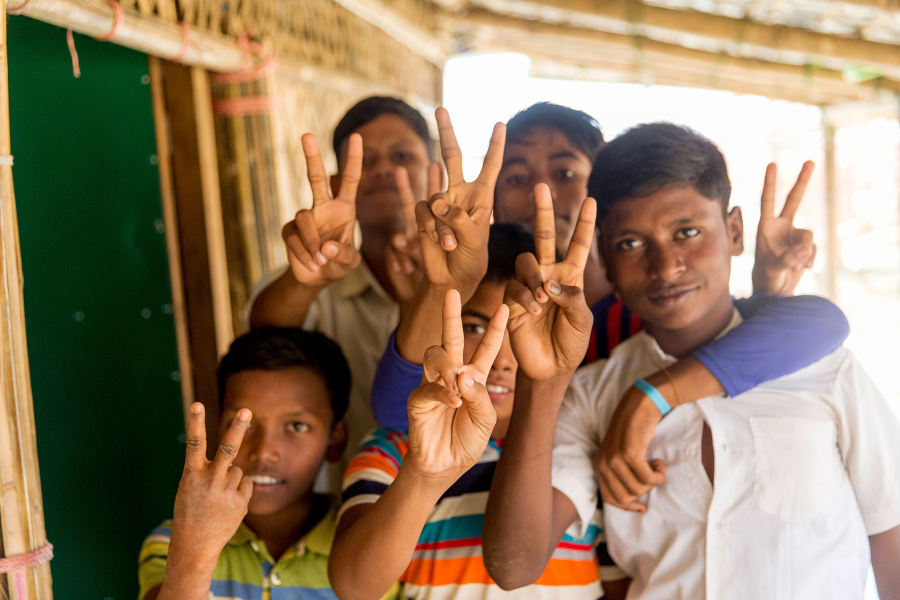
COMPONENTS OF SANKALP PROGRAMME
Sankalp model and programmes facilitate quality learning through innovative teaching – learning methods and pedagogy, while also providing opportunities for holistic development of children and youth through life skills education, extra-curricular activities and overall personality development.
EMOTIONAL COMPETENCY
Self – dignity, Self – esteem, Self confidence, Positive outlook, Interpersonal relationship
ACADEMIC COMPETENCY
Subject knowledge, Comprehension, Analytical skills, Articulation
SOCIAL COMPETENCY
Educating about rights, Inculcating values, Social consciousness
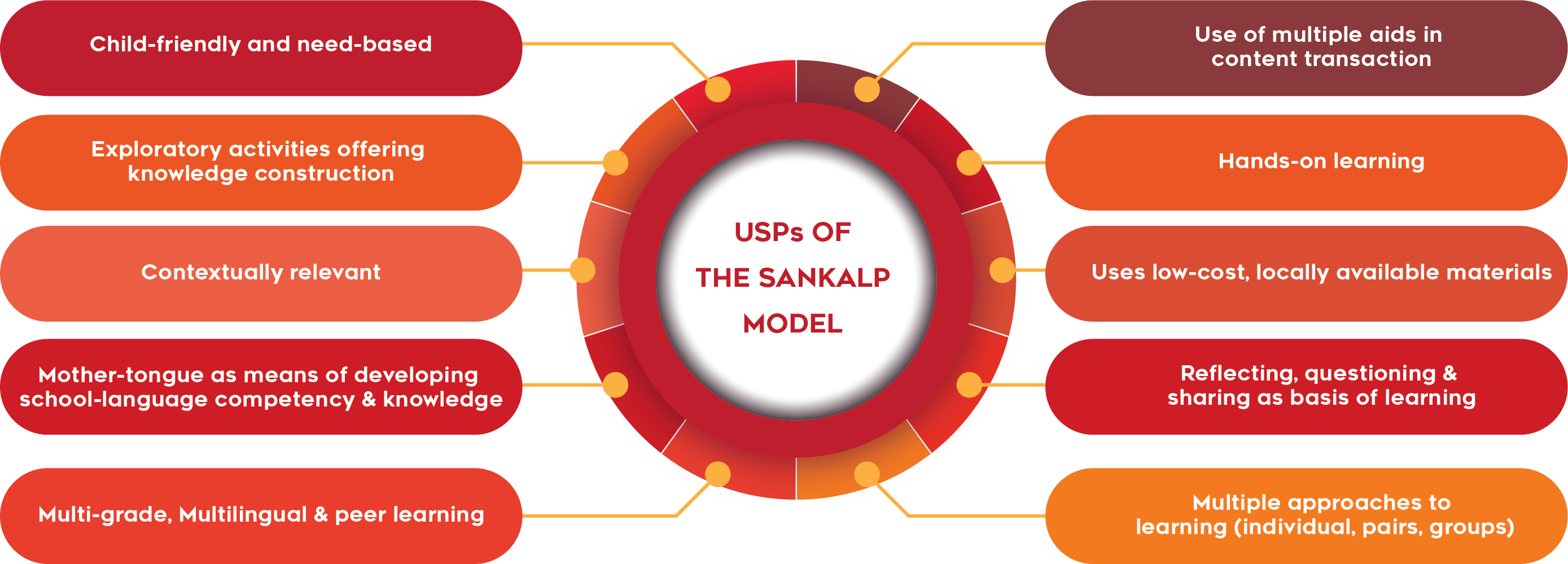

OUR FOCUS GROUPS
Tribals
De-notified Tribes
Dalits
PROGRAMME INTERVENTIONS

Supplementary Education Centers (SECs)
Target Group: 1st –5th std. children
Non-school going and/children enrolled in Government schools are engaged in holistic learning activities for 2-3 hours outside regular school hours.
Short-term Residential Training
Target Group: 3rd -9th std. children
For 15 days, 2-3 times a year, children are provided rigorous academic and life skills inputs to enable their holistic development.
Children’s Resource Centres (CRCs)
Target Group: 6th -8th std. children
Children from 3-4 villages are brought together at a cluster level centre, outside school hours, to engage them in academic and non- academic learning for 2-3 hours a day.
Long-term Residential Training
Target Group: Up to 2 yrs; for children in 9th – 10th or 11th – 12th std.
To support them through demands of higher education, promising children are provided rigorous academic and non-academic support to help transition aforementioned milestones.
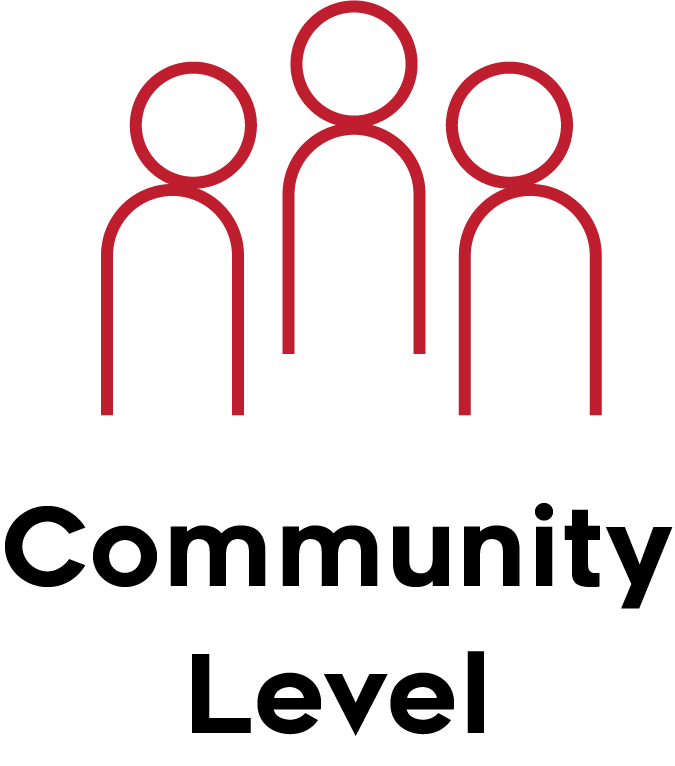
Youth Resource Centres
Target Group: Adolescents
Students of senior secondary or tertiary education at the Panchayat/Block level are guided towards academic excellence, leadership skills and personality development by engaging them in a multitude of carefully designed activities/initiatives.
Kishori Groups (for females)
Target Group: Adolescents
As a means of empowering them, girls are given information about their rights (including their sexual and reproductive health) and trained on essential life skills through monthly meetings under guidance of mentors.
Mata Samitis
Target Group: Mothers of children enrolled in learning centres
Mata Samiti members act as agents for community and resource mobilization and ensure regularity of quality inputs for all children within and outside Government schools. Additionally, they are trained to ensure social equity and access to entitlements by becoming active within local governance.
SOME INNOVATIVE INTERVENTIONS
As a means to support and add impetus to Sankalp interventions in their respective operational areas, some partner organizations are implementing additional programmes namely:
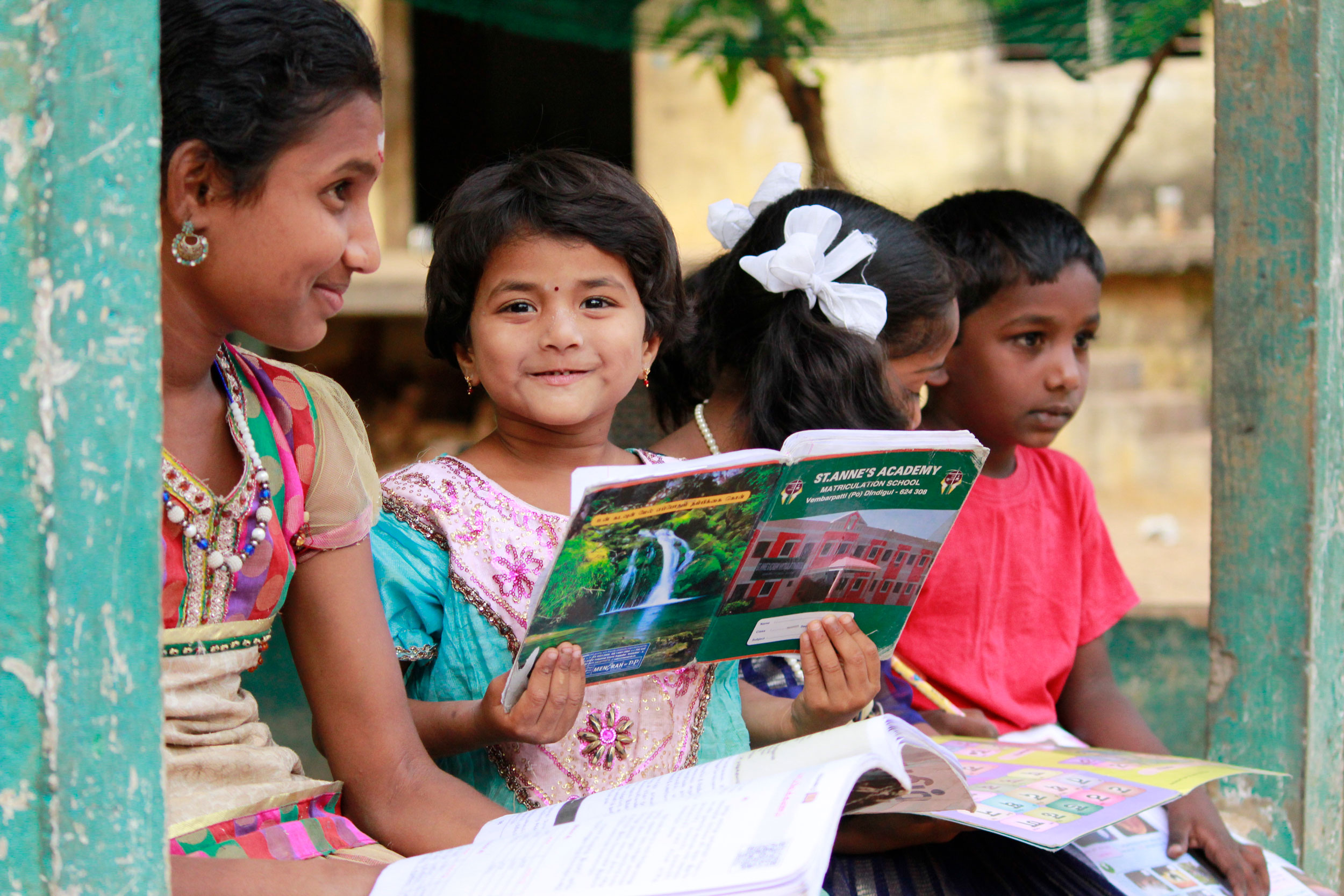
Pre-Primary/ Preschool Education
Children aged 3-5 years are engaged in age-appropriate activities for 3 hours daily, which additionally act as a means of achieving school readiness and a motivation to learn, which may prevent future school drop-outs and child labour.
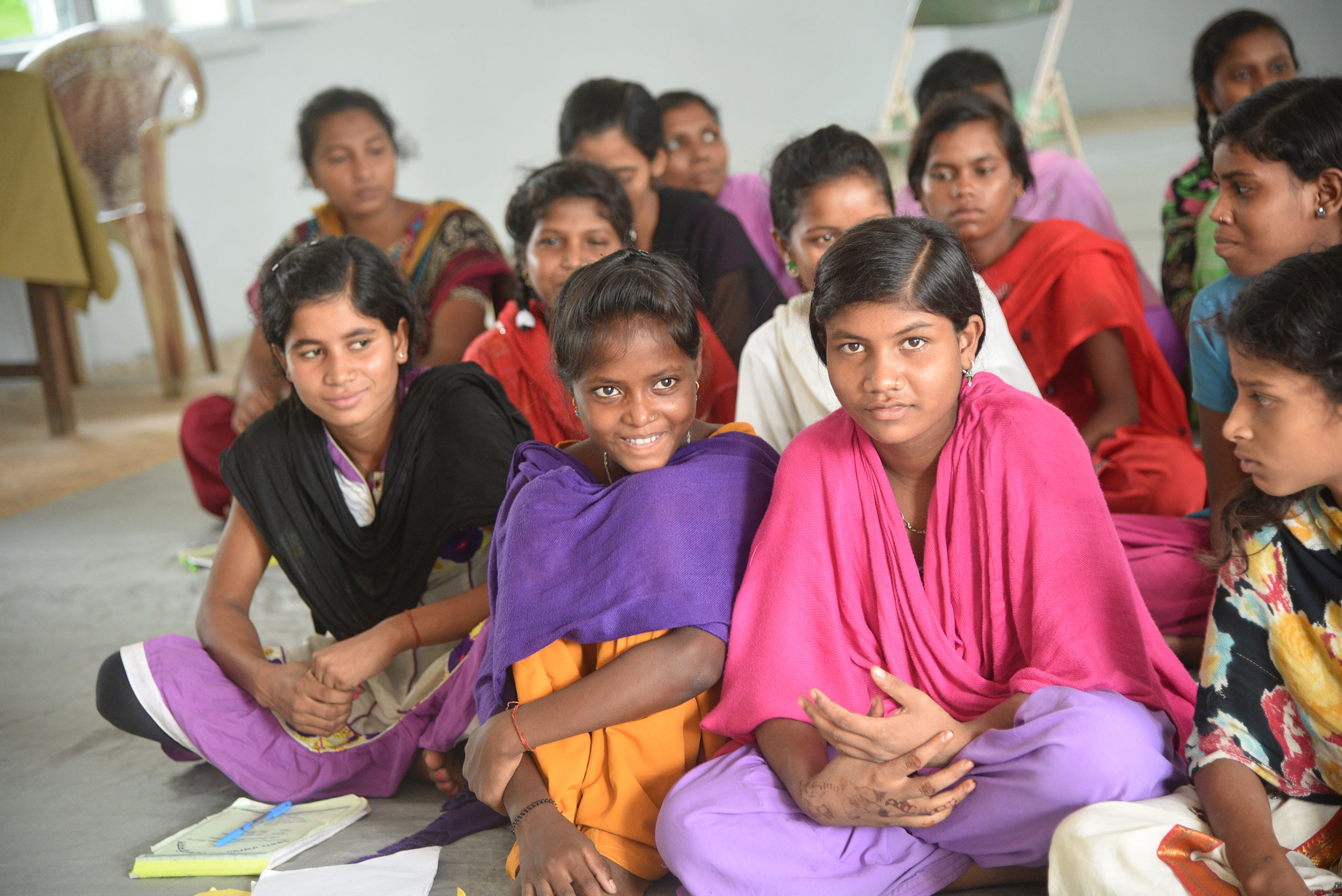
Grihini Schools
School drop-out girls receive nine months’ residential training focusing on academic learning in morning hours and vocational skill trainings (tailoring, cooking, soap making, beautician etc.) in the afternoons. This program also focuses on life skill education.

Ambedkar Prerna Dal (APD)/ Ambedkar Prerna Yuva Dal (APYD)
This village level group is designed to promote quality learning, group study, collective actions, awareness of rights and inculcating leadership qualities among children by means of multiple activities in bi-monthly meetings.
SANKALP COLLABORATION WITH GOVERNMENT
Linkages with Village Education Committees (VECs), Panchayati Raj Institutions (PRIs) as well as School Management Committees (SMCs) within Government schools are maintained on a regular basis through interface and advocacy meetings, workshops and consultations, training and capacity building of teachers, curricular innovations, and joint visits to programme sites. Other than quality education, there is liaison with departments responsible for protection and development of children.
Regular dialogues are maintained through the year by organising interface and advocacy meetings, workshops and consultations, training and capacity building of teachers, curricular innovations, and joint visits to programme sites. Such activities allow exchange of learnings and a model that supports the other.
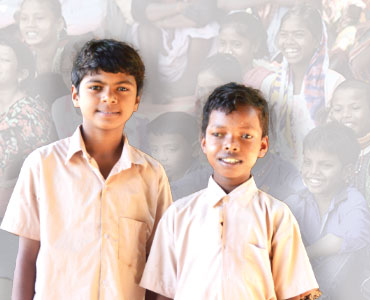
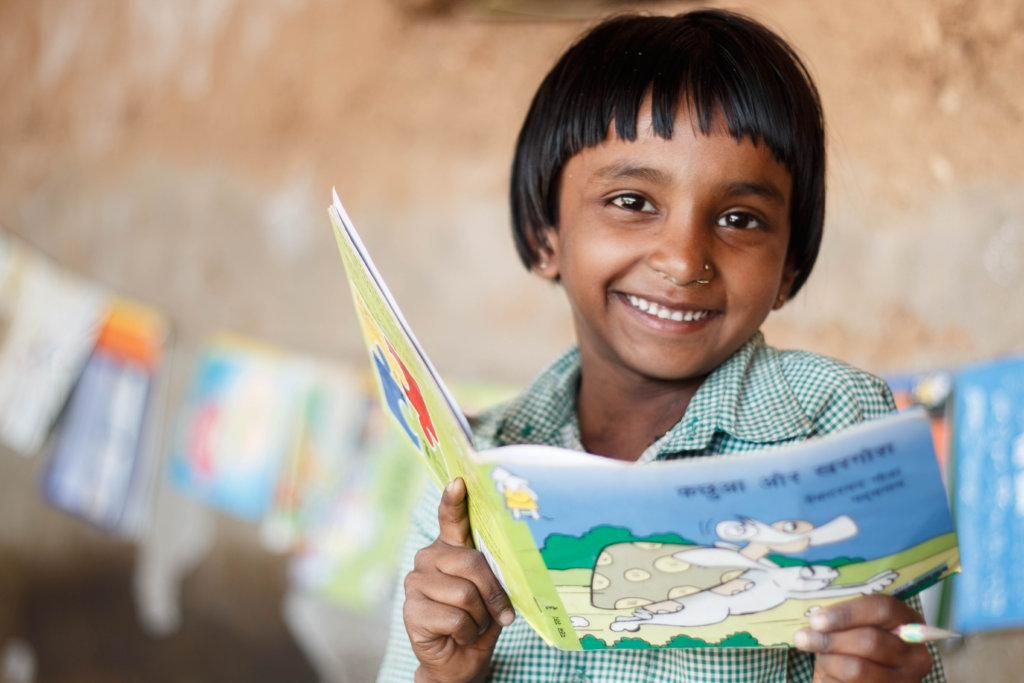
INNOVATIVE
TEACHING-LEARNING
AND PEDAGOGY
Rural Education and Development (READ), Bettiah in consultation with Government Education experts developed Chirag series of books for teaching Hindi and Maths across
varied grades. These books have been developed in both Hindi and Bhojpuri
PRABHAT, another Jesuit organization published Khilte Phul (a bi-lingual book in Maithili and Hindi)
MANTHAN published Gyan Deep, a language primer
Maharashtra Prabodhan Seva Mandal (MPSM) developed 60-educational charts to learn Marathi, English, Math, Science and Social Studies
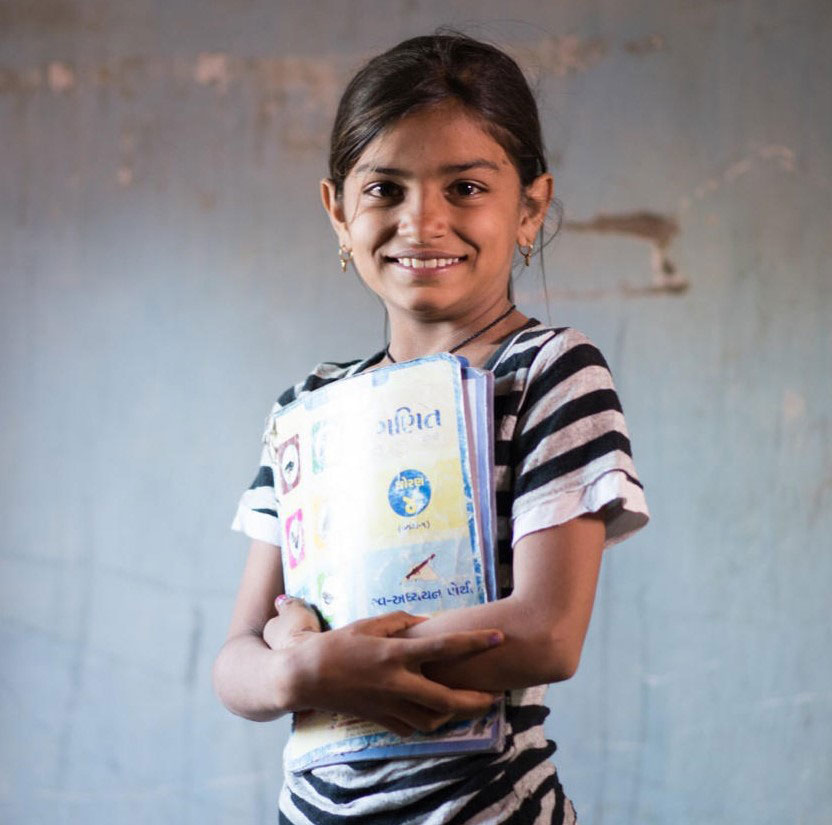
OUR ACCOMPLISHMENTS
- Improved enrolment rates, school retention and successful grade transitions
- Enhanced academic achievement and learning levels across all grades
- Increased self-esteem, confidence and positive self-image among children
- Active community participation towards ownership and sustainability of the programme
- Strengthened social capital in the form of collective motivation, encouragement and leadership
- Increased proactiveness towards social inclusion and academic achievement of children within Government schools and administrative systems
